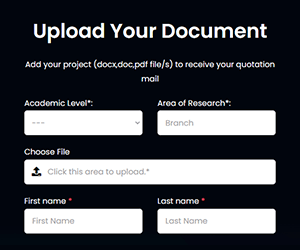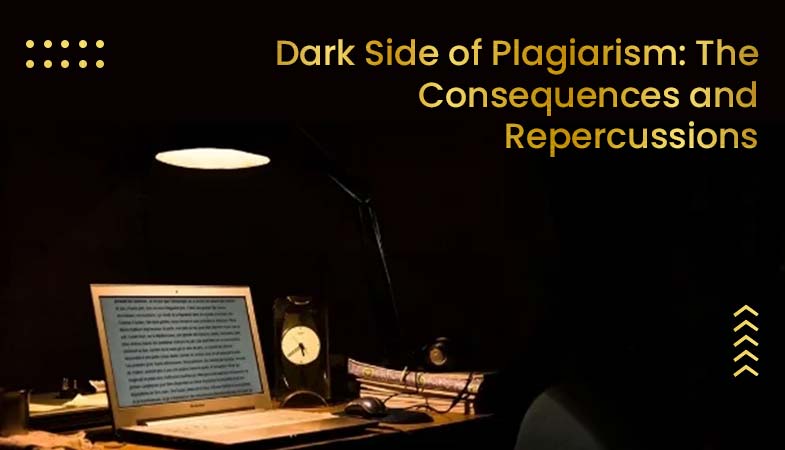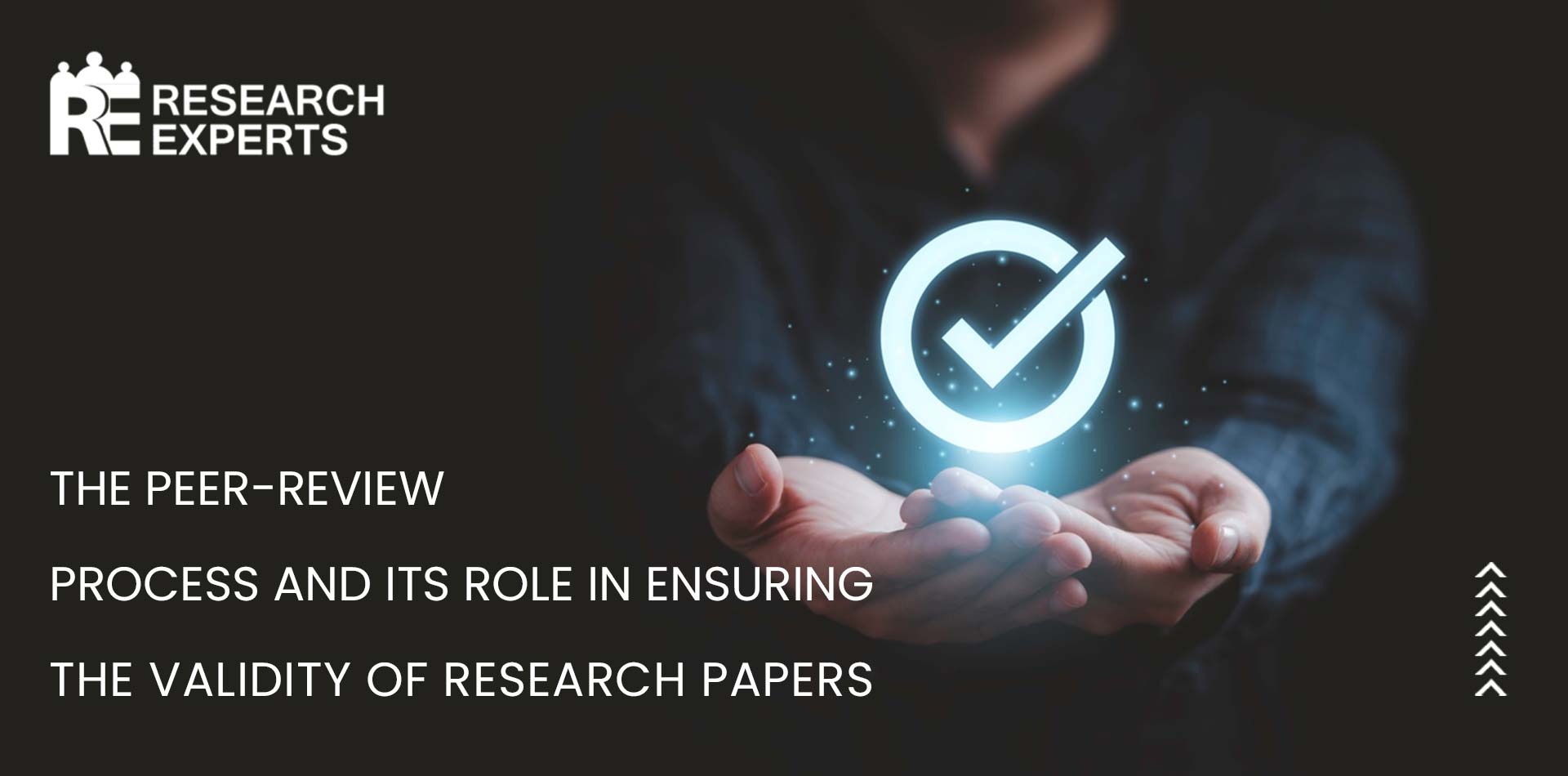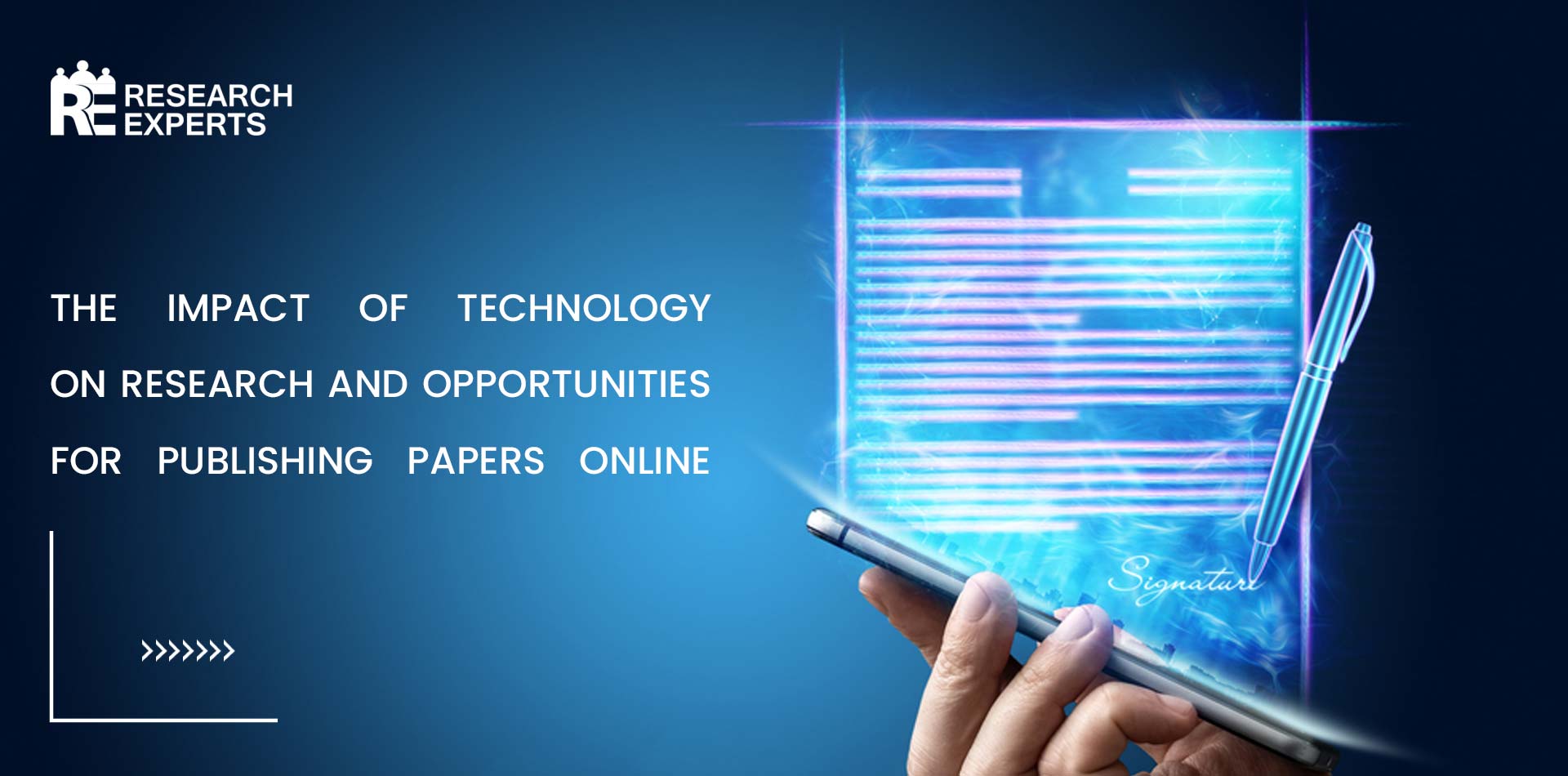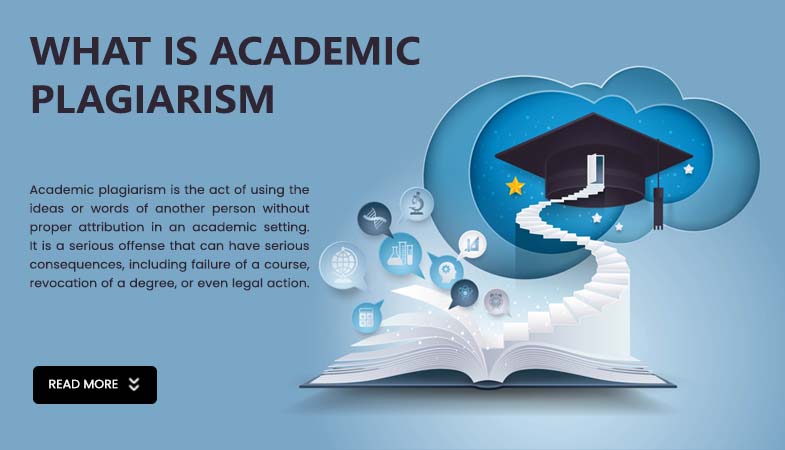
What Is Academic Plagiarism?
What Is Academic Plagiarism? – To answer What Is Academic Plagiarism? We can define it as the act of using the ideas or words of another person without proper attribution in an academic setting. It is a serious offense that can have serious consequences, including failure of a course, revocation of a degree, or even legal action. We have mentioned all the information related to Academic Plagiarism in the blog below. Continue reading to know more about Academic Plagiarism.
Plagiarism can take many forms, including copying and pasting text from a source without proper citation, paraphrasing someone else’s ideas without giving credit, or using someone else’s work as your own. It is important to understand that plagiarism is not limited to text-based work; it can also include images, charts, graphs, and other types of media. Below, we’ll discuss academic plagiarism in further depth.
Types of Academic Plagiarism
One common form of academic plagiarism is the use of “essay mills,” or companies that sell pre-written essays or papers. These essays are often marketed as “study aids” or “samples,” but they are essentially stolen intellectual property. Buying or using one of these essays is considered plagiarism and can result in severe consequences. Another form of academic plagiarism is self-plagiarism, which occurs when a student reuses their own work in a new assignment without proper citation. This is considered dishonest because it is equivalent to submitting the same work multiple times for different assignments.
How to avoid it?
To avoid plagiarism, it is important to properly cite all sources in any academic work. This includes both in-text citations and a full list of references at the end of the work. Different citation styles, such as APA, MLA, and Chicago, have specific guidelines for how to cite sources properly. It is important to follow these guidelines and use them consistently throughout a paper.
Another way to avoid plagiarism is to paraphrase or summarize information from a source rather than simply copying and pasting it. This means rephrasing the information in your own words while still accurately conveying the main ideas of the source. It is important to still properly cite the source, even when paraphrasing.
Understanding Plagiarism
Plagiarism is a serious issue in academia because it undermines the integrity of the research and educational process. It is important for students to understand that academic work is a collaboration between different sources and ideas, and proper attribution is necessary to give credit where it is due. Plagiarism can be difficult to detect, but there are tools and resources available to help. Many universities and colleges have plagiarism detection software, such as Turnitin or Urkund, that can check student work for copied content. It is important for students to be familiar with these tools and to use them when appropriate to ensure the originality of their work. We also have a blog where the difference between Turnitin and Urkund has been mentioned. You can give it a read for any more information regarding these tools.
Conclusion
Lastly, academic plagiarism is stealing the ideas or work of another student or researcher without giving them credit for their contributions. Because of the seriousness of the act and the potential repercussions, it is crucial that students know what constitutes plagiarism and how to prevent it. Plagiarism may be avoided by using proper citations of sources and through paraphrasing or summarising to convey the same meaning. Knowing how to utilize plagiarism checkers effectively is also crucial. Research Experts provide plagiarism removal services. Click here and choose plagiarism removal services now.

